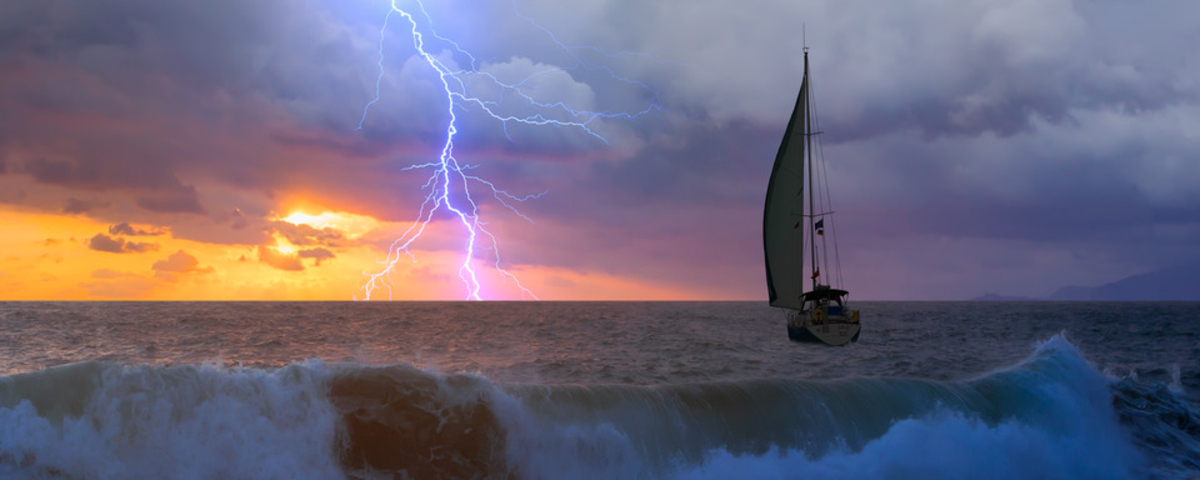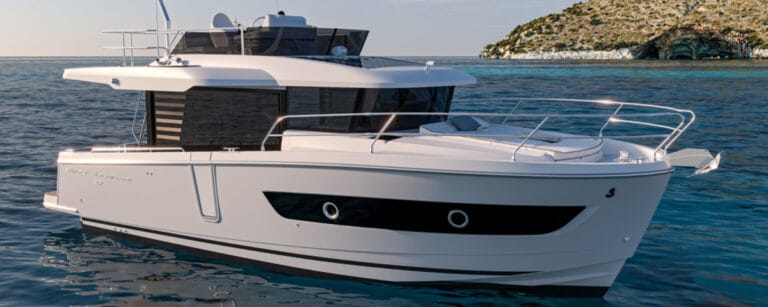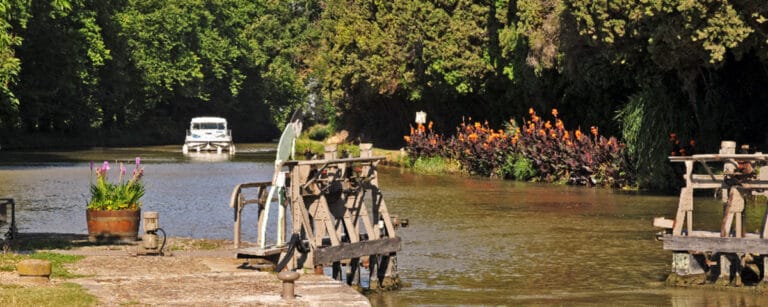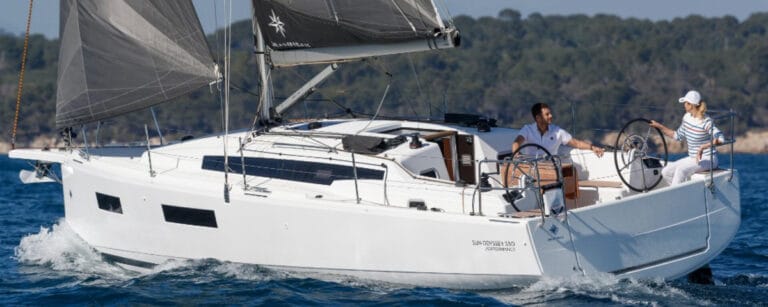How to protect your boat from lightning?
Protecting Your Boat from Lightning at Sea
Lightning strikes at sea pose a significant risk to boats and their occupants. While no system can guarantee absolute protection, a methodical approach can significantly reduce the potential damage. This involves creating a safe path for the electrical current, shielding electronics, maintaining equipment, and practicing strict safety procedures during storms.
Creating a Safe Path to the Water
The fundamental principle of lightning protection at sea is to provide the current with the path of least resistance to the water, preventing it from passing through sensitive areas of the boat. This means creating a continuous electrical connection from the highest point, often the masthead, to the water. On metal sailboats, this protection often exists implicitly, with the mast, shrouds, and hull naturally conducting electricity to the water. However, on hulls made of insulating materials like fiberglass, wood, or plastic, this continuity must be artificially constructed using copper cables or braids connected to submerged ground plates.
Experts emphasize that this path should be as short, straight, and solid as possible, as any detour or contact with internal elements can create dangerous electrical arcs. In some cases, a network of conductors on the deck can enhance the “Faraday cage” effect, protecting inhabited areas.
Lightning Rods and Braids: Enhancing Structural Safety
While the connection to the water forms the backbone of the system, certain equipment further enhances protection. Chains, once commonly used, are increasingly being replaced by braided copper: more flexible, lighter, and more conductive, they reduce losses and improve the speed of current transfer. Properly sized and placed grounding plates below the waterline optimize contact with seawater, an excellent conductor. The effectiveness of lightning rods or dissipation devices installed at the top of the mast is debated within the nautical community. Some sailors see them as a way to divert lightning, while others believe they do not guarantee real protection in the event of a direct strike. Specialists point out that their use only makes sense if integrated into a comprehensive conduction system to the sea, not as an isolated device.
Safeguarding Electronics: Surge Protectors and Equipotential Bonding
A lightning strike not only damages the structure; most damage comes from surges induced in electrical circuits. These can occur even if the lightning strikes several dozen meters away. To protect onboard electronics, experts recommend installing surge protectors adapted to each type of network: 12 or 24 volts for onboard circuits, as well as specific devices for VHF antennas, weather sensors, or GPS systems. These surge protectors must be connected to an equipotential bonding system, a common conductive network that brings all metal elements and electrical circuits to the same potential, preventing sudden voltage differences from causing destructive arcs. In some cases, it is even advisable to quickly isolate certain critical equipment during a storm by physically disconnecting them to prevent any surge.
Aboard During the Storm: Prudent Behavior and Life-Saving Actions
Even with the best technical system, final safety depends on the actions taken by the crew. As a storm approaches, prepare immediately: reduce the exposed surface by going inside the boat or placing yourself in the center of the cockpit, crouching down, avoiding any metal parts. Direct contact with shrouds, the helm, antennas, or stanchions should be avoided, as they can become conductors in the event of a discharge. Experts also recommend cutting off the power, turning off and unplugging electronic devices, especially those connected to unprotected antennas. Prudence also dictates avoiding touching wet ropes connected to the mast, as moisture improves conductivity and increases the risk of shock. A storm at sea is rarely long: it is better to temporarily suspend all activity than to run an unnecessary risk.
Conclusion
By combining a direct and solid path to the water, shielding electronics, regularly maintaining the system, and strictly adhering to safety procedures during storms, boaters can transform an unpredictable threat into a manageable risk. This anticipation is not a luxury: it is essential for the sea to remain a space of freedom, not a testing ground against the forces of nature.
Enjoyed this post by Thibault Helle? Subscribe for more insights and updates straight from the source.







